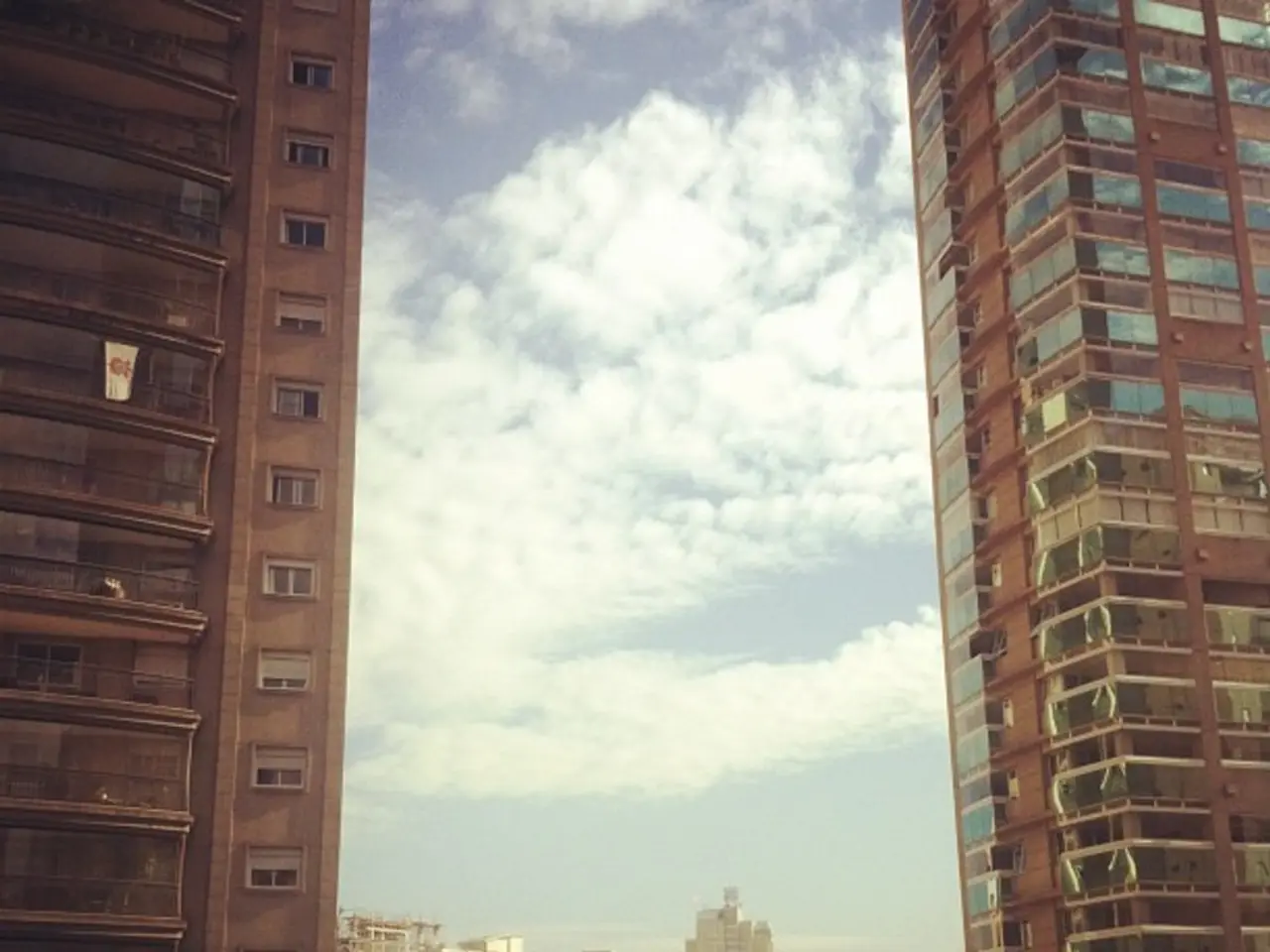Urban Heat Wave Question: Could Air Conditioners Be Contributing to City Temperature Rises?
In recent news, the debate over the impact of air conditioning on urban heat islands (UHIs) in Paris has been reignited, with an article titled "Air conditioning is booming in Paris and overheating the city" published in Le Parisien [1].
While air conditioning is a significant but not sole contributor to UHIs in major cities like Paris, its impact in the city is relatively moderate due to low penetration rates [2]. Currently, only about a quarter of homes in Paris have air conditioning, largely due to strict regulations and the challenges of retrofitting historic buildings [3]. However, as heat waves intensify, this number is expected to grow [4].
The waste heat produced by air conditioners exacerbates the urban heat island effect, particularly at night. This happens because the cooling inside buildings requires energy, much of which ends up as heat outside. Moreover, the increased electricity consumption for AC often relies on fossil fuels, adding further to climate change that drives hotter urban temperatures [2][3][4].
In Paris, the political and cultural context reflects a tension between expanding AC use for public health and urban comfort versus environmental concerns and preservation of the cityscape. Some cities, such as Dubai and Munich, have adopted or are exploring district cooling as alternatives, while others focus on strategies like urban greening and passive cooling infrastructure to reduce dependency on air conditioning [1][3][4][5].
A study published in 2013 in the International Journal of Climatology showed that during a heatwave in Paris in 2010, air conditioning increased the heat island by 0.5°C, accounting for only 6% of the heat island formation [3]. More recent simulations suggest that by 2030, the nocturnal overheating due to air conditioning could reach 2°C in some arrondissements of Paris [3].
However, not all agree on the role of air conditioning in UHIs. Urban climate researcher Valéry Masson has stated that the sun is the main source of calories in cities, heating impermeable surfaces and buildings during the day and releasing heat back into the atmosphere at night, contributing to the urban heat island phenomenon [6].
As the current heatwave in France continues, the debate over the impact of air conditioning on UHIs in Paris remains ongoing. Breaking out of a "vicious circle" is necessary, as the urban heat island increases the need for air conditioning, and in turn, the use of air conditioning creates heat canyons [7].
References:
- Le Parisien, "Air conditioning is booming in Paris and overheating the city", April 2022.
- Environmental Research Letters, "Air conditioning and urban heat islands", 2020.
- Le Point, "Air conditioning and urban heat islands: a growing concern in Paris", June 2022.
- International Journal of Climatology, "The impact of air conditioning on urban heat islands in Paris", 2013.
- Cired, "District cooling in Paris: a potential solution for urban heat islands", 2021.
- Valéry Masson, personal communication, 2022.
- Cired, "Urban heat islands and air conditioning: breaking the vicious circle", 2022.
- The increased electricity consumption for air conditioning, often relying on fossil fuels, not only adds to the urban heat island effect but also contributes to climate change.
- Beyond air conditioning, environmental concerns and preservation of the cityscape are important factors in the Parisian political and cultural context, with some cities considering alternatives such as district cooling or urban greening to reduce dependency on AC.




